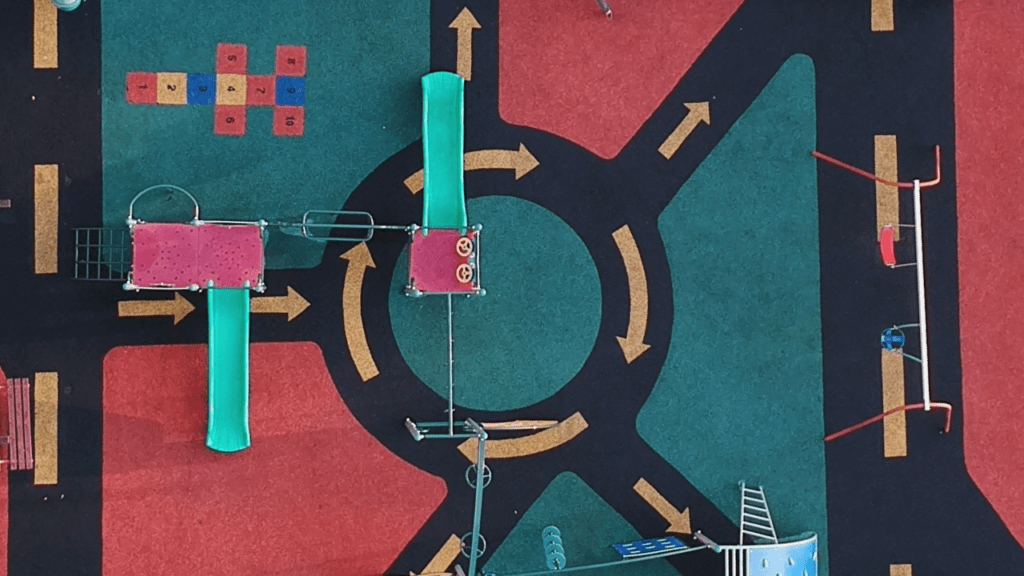
Teachers are under enormous pressure. They face expanding curriculum expectations, persistent critique, and diminishing resources to support their work. They are frequently face-to-face with the pain and trauma that students carry. They are expected to bridge an achievement gap that is largely caused by forces outside the school. Teaching is both a rewarding and a painful occupation.
Most educators choose that profession as an expression of deeply held values related to caring and making a contribution in the lives of young people. However, the relentless challenges of the daily routine in schools can disconnect educators from the positive energy of their original vision of themselves as meaningful and influential people in the lives of young people. They often become weary, discouraged, and disconnected from the students, their colleagues and themselves. Students feel that disconnection and withdraw into themselves, reducing their investment in school. The resulting isolation is debilitating and demoralizing for everyone.
Educators, Explore Mindfulness in our 101 Course
In 101: Mindfulness Foundations, learn practices that can resource you during the school day and daily life, with trauma-sensitive approaches for navigating emotons, working with thoughts and biases, and cultivating compassion and joy. Educators earn credits.
School staff members need re-connection with their deep inner motivation in order to reclaim their original vision of themselves as guides in the lives of young people. They need re-connection with their colleagues to know they are not alone in a task that sometimes feels overwhelming. They need a place where they can breathe deeply and reflect on their work. They need a place where they can release the pain of witnessing the hurt in young people. They need support to help them survive in a difficult environment without shutting down their capacity to feel.
Healthy relationships are a source of healing for disconnection. Deep listening is a strategy for re-connecting. School staff can support and heal one another when a space is created that nurtures their natural capacity for listening deeply and caring for one another. In the field of Restorative Practices, the Circle process has emerged as a powerful tool for healing and building community. The Circle can create that space for listening deeply and taking care of one another that is so desperately needed in schools.
The Circle process is rooted in ancient traditions and at the same time incorporates contemporary understandings about living in rapidly changing, multicultural societies. Ancient communities used processes similar to Circles to attend to the work of community—as do many current indigenous communities around the world. It is a common form of collective engagement around issues of interest to a community across the ages and around the globe. The Circle process described here derives most directly from traditions of various First Nations and Native American people who still use Circles and embody core teachings related to Circles in their way of life. This process is also informed by modern experiences in dialog, consensus building, cross-cultural communication, recognition of individual interests, change theory, and personal transformation. The process balances the ancient with the contemporary, the individual with the group, the inner and the outer self.
In her book, In Search of Human Nature, Mary E. Clark, a biologist, says that the most fundamental human needs are meaning and belonging (Clark, 2002). For many teachers, the challenges and stress of the school environment have seriously eroded their sense of meaning and belonging as educators. Restorative practices provide a way forward for healing the disruption to their sense of meaning and belonging. The Circle process in particular is a profound process of discovering meaning and of experiencing belonging. In a Circle, everyone belongs—everyone is important, everyone will be heard—and from that, the collective wisdom and sense of community emerge.
The Circle is a structured dialog process that allows every participant an opportunity to speak and that encourages attentive listening and truth-telling. The Circle nurtures connections and empathy, while honoring the uniqueness of each participant. The Circle can hold pain, joy, despair, hope, anger, love, fear, and paradox. In the Circle, each person has the opportunity to speak his/her truth but cannot assume the truth for anyone else. The Circle welcomes difficult emotions and difficult realities while maintaining a sense of positive possibilities. The Circle is deeply rooted in an understanding of profound interconnectedness as the nature of the universe.
Participants sit in a Circle, usually without a table. The Circle begins with some form of opening ceremony to help participants be fully present and to set the tone for respectful conversation. The opening ceremony also helps participants move into the slower, more reflective space of the Circle. The opening might be a short meditation or an inspirational reading. An object called a talking piece is used to manage the dialog in a Circle. The talking piece is passed around the Circle from person to person, providing every participant the chance to speak. Only the person with the talking piece speaks. Consequently, whoever has the talking piece may speak without interruptions or push back and can take time to find the words to express thoughts and feelings. The talking piece engages the quiet voices in a group.
In the Circle, a discussion of values precedes the discussion of the purpose of the Circle. The values discussion focuses on the values that represent our “best self.” When a group focuses first on what it means to be the best self, the ensuing conversation is more honest, respectful, and productive. The Circle is an intentional space carefully designed to support participants in bringing forward their best self. It helps them conduct themselves based on the values that represent who they are when they are at their best. Moreover, the Circle creates a protected space to practice that best-self, value-based behavior when it might otherwise feel risky to do so. The more educators practice best-self behavior in Circle, the more these habits are strengthened to carry that behavior into the larger culture of the school.
The facilitator or keeper of the Circle guides the dialog with prompting questions or topics to assist the Circle in creating a safe space for honest dialog and then in helping participants explore the topic of the Circle. The keeper is not a fixer or an expert. In a Circle, all voices are equal; all input is valued. The Circle Keeper guides the participants in creating a safe container and then monitors the quality of that container but does not take sole responsibility for the quality of the container as the Circle develops. All participants share that responsibility.
Community building and re-connection in a Circle are achieved through sharing meaningful stories from our lives. The facilitator of the Circle offers a prompt or question. The talking piece is passed in order around the circle of participants, inviting each person to respond to the prompt. A participant may choose to simply pass the talking piece without speaking.
Here are some examples of Circle prompts that could elicit stories to help participants reconnect to meaning and build a sense of shared vision among teachers.
- Tell us about an important teacher or mentor in your life and the gift from that person.
- Why did you choose to become an educator?
- What values do you hope guide your interaction with young people?
- Tell us about a proud moment in your career.
- What is hard in your work as an educator?
- What strength do you draw on to continue your work as an educator?
- How can we support one another in our original vision of why we became educators?
The Circle creates an intimate space in which the responses to those questions go much deeper than in typical dialog spaces. The Circle draws wisdom and insight from the heart and spirit, as well as from the head. Relationships are built from the heart and spirit. The passion of being a good teacher draws energy from the heart and spirit. Teachers need a space for their passion to be reignited and for their pain to be heard. Both are necessary for healing.
After the last round of the talking piece in a Circle, the facilitator completes the Circle with a closing ceremony that transitions participants out of the space of the Circle back to normal interactions. The closing might be another inspirational reading, coordinated movement, or music.
The structure of the Circle is very important for creating safety in the space for participants to speak from a place of deep truth and meaning. The essential elements for creating safety are the opening and closing ceremony, the use of the talking piece going in order around the circle of seated participants, and the discussion of values as a foundation of the space. When participants share from a place of deep meaning, they experience a closer connection and see themselves reflected in one another. The sharing breaks down the sense of isolation and strengthens the fabric of the school community.
The book Circle Forward contains several outlines for Circles that promote closer relationships, self-care, and healing for school staff (Boyes-Watson & Pranis, 2014). The relationships among adults in a school influence significantly the relationships among students. By nurturing deeper and more meaningful relationships among staff, Circles can impact relationships among students as well.
There are no easy answers to the challenges facing schools today. The pressure on schools is not likely to abate any time soon. In the face of that pressure, self-care is critical for everyone who works in a school. The Circle process is an accessible, low-cost resource to help those who work in schools to navigate the stormy waters without losing hope or losing the vision that drew them to the profession.
References
Boyes-Watson, C., & Pranis, K. (2014). Circle forward: Building a restorative school community. St. Paul, MN: Living Justice Press.
Clark, M. E. In search of human nature (2002). London and New York: Routledge.

